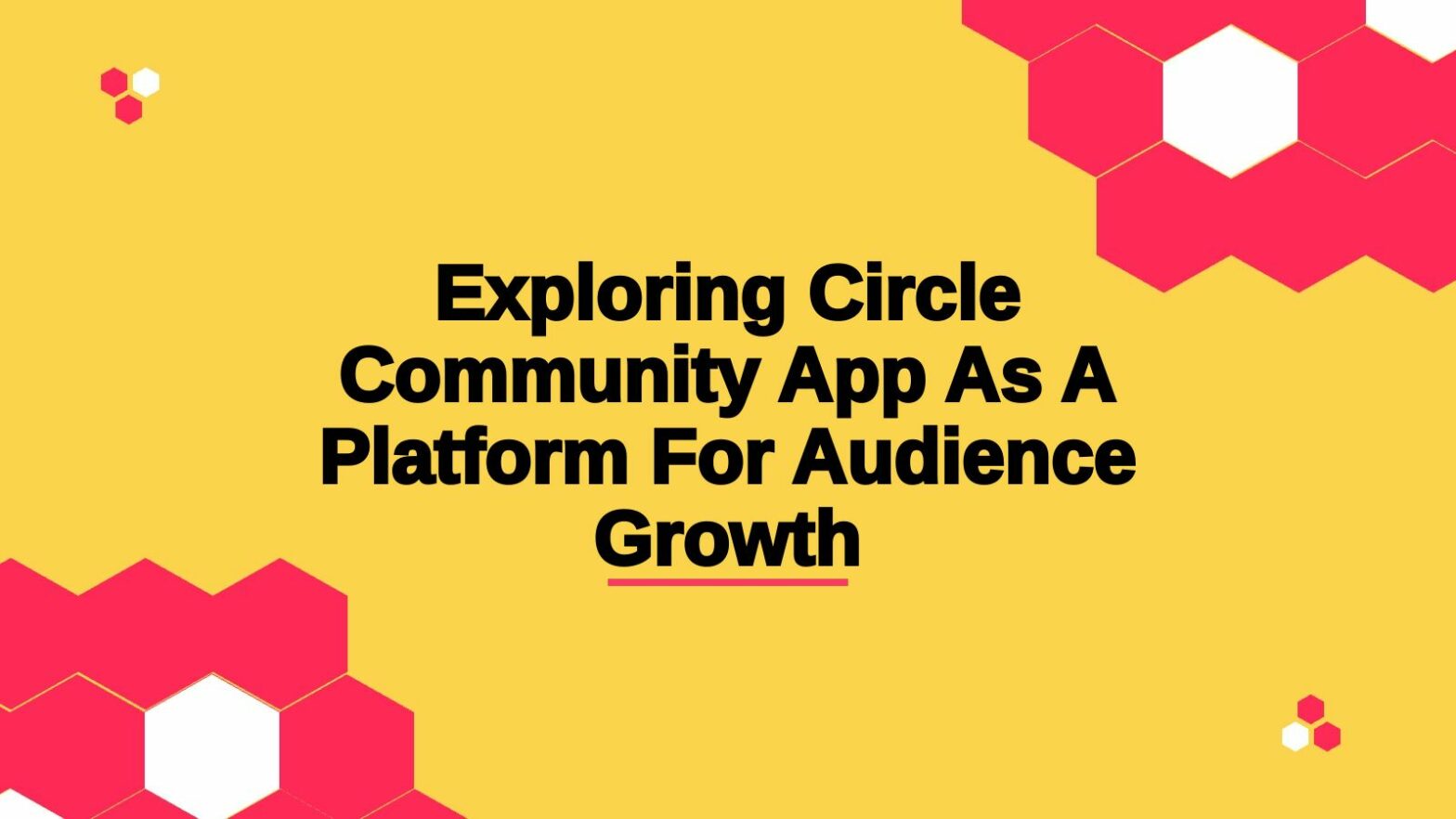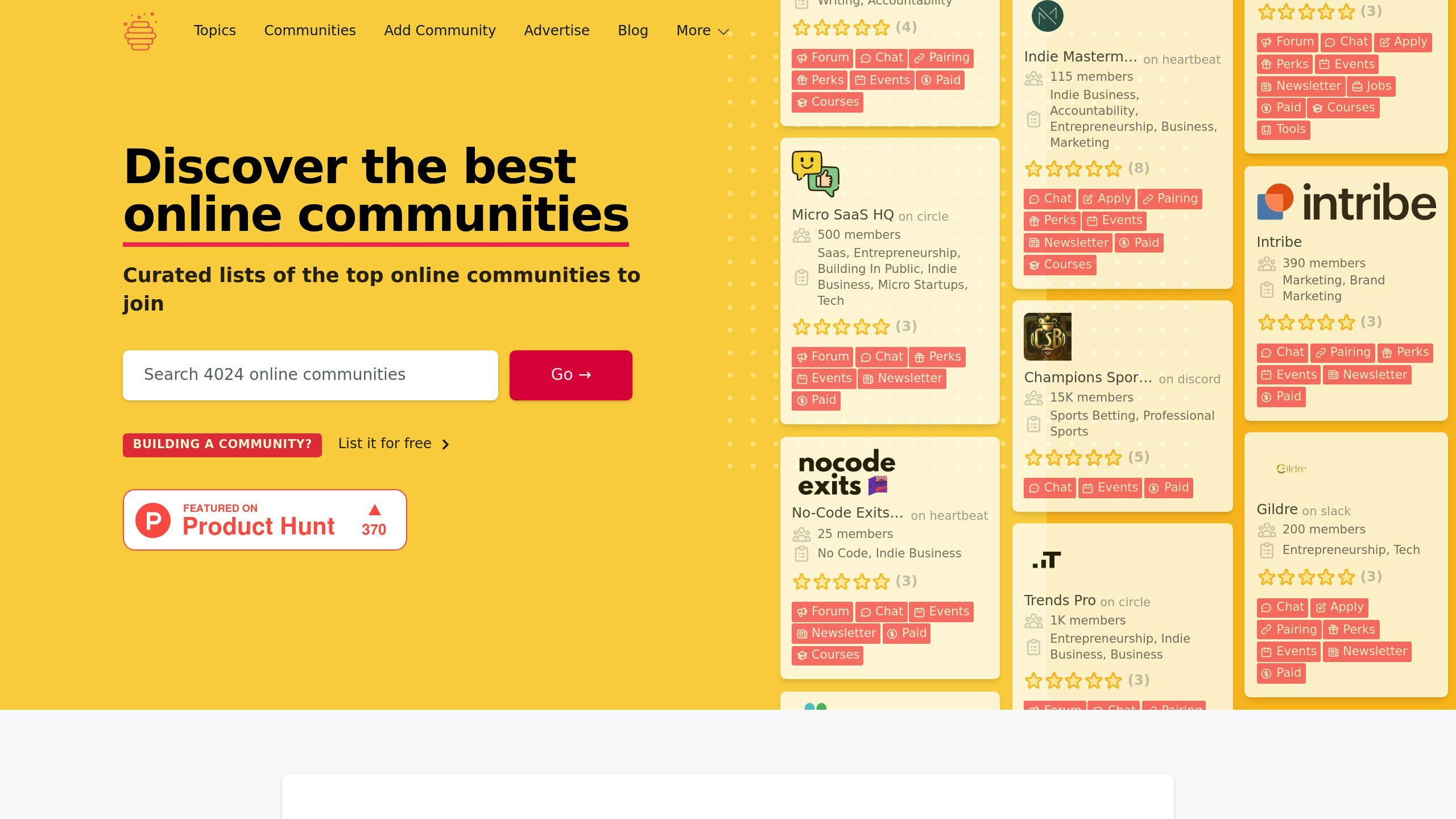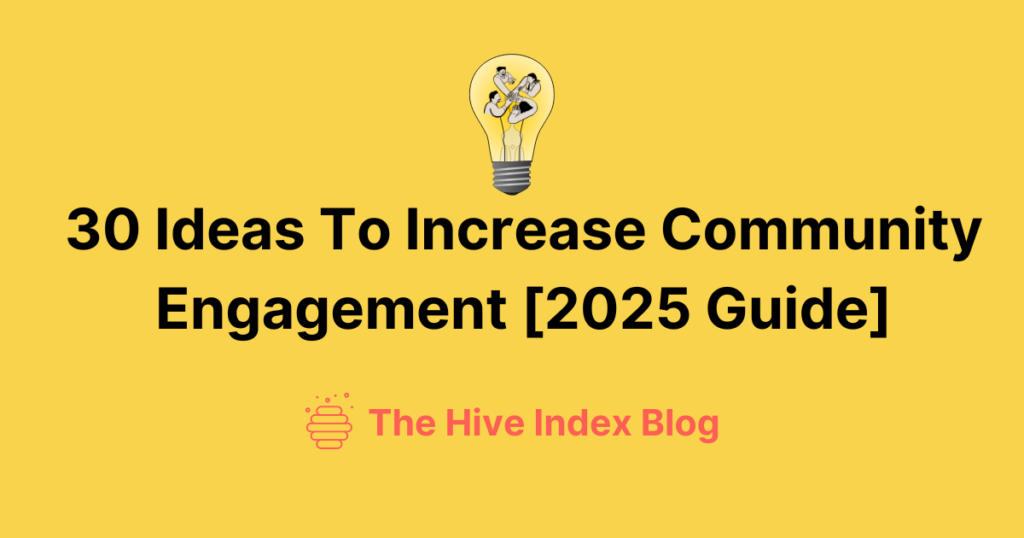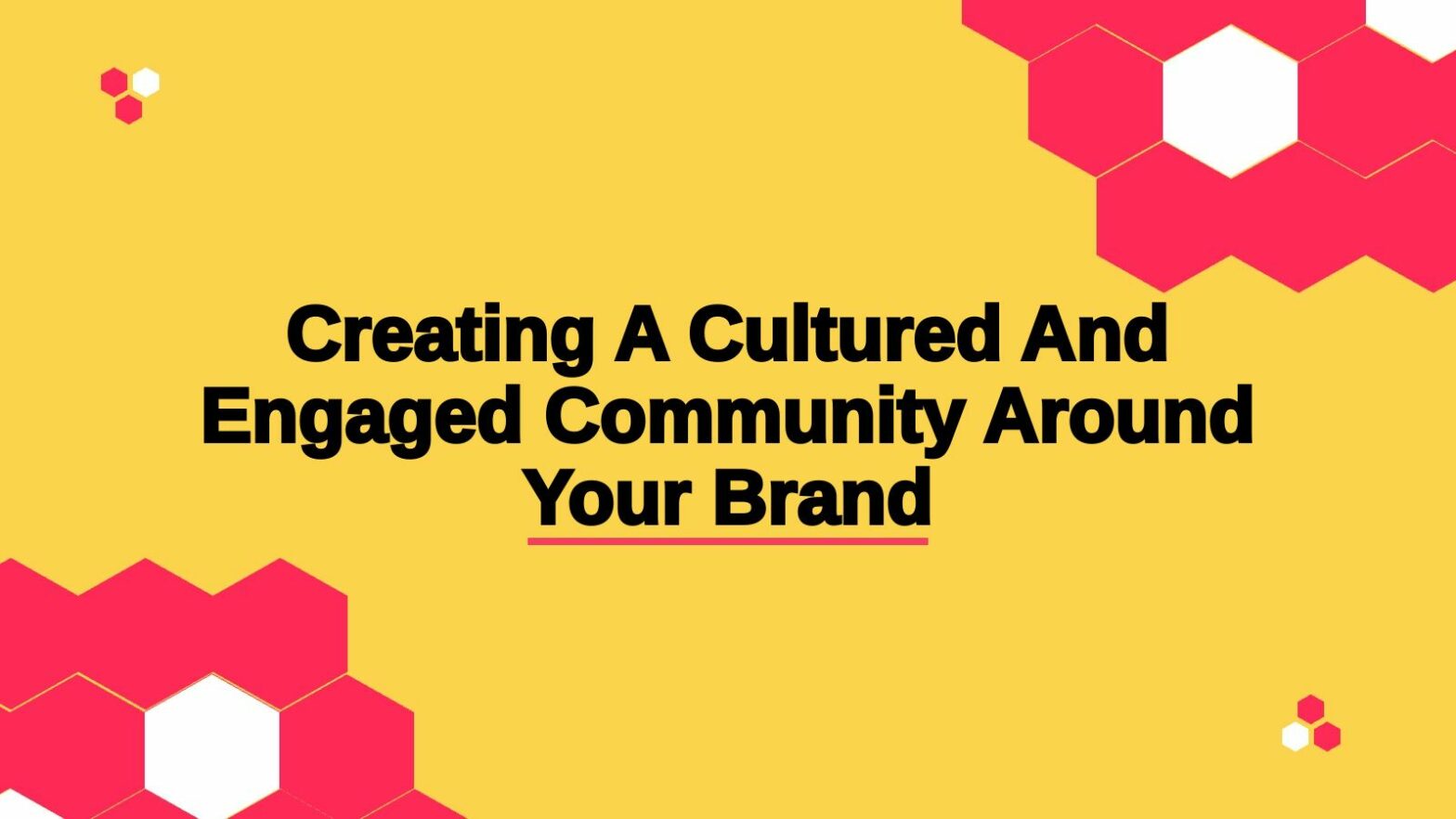A community code of conduct sets clear expectations for behavior, ensuring safety, respect, and inclusivity for all members. Here’s a quick summary of the key steps to create one:
- Define Core Values: Outline principles like respect, inclusion, and constructive communication. Align these values with your community’s goals.
- Set Behavior Rules: Clearly list acceptable actions (e.g., respectful communication) and prohibited behaviors (e.g., harassment, discrimination). Include real-life examples for clarity.
- Establish Rule Enforcement: Create a transparent process for reporting, investigating, and addressing violations. Include penalties and an appeals process.
- Make It Accessible: Post the code visibly across platforms, provide training, and ensure it’s available in multiple formats.
- Regular Updates: Review and revise the code based on feedback and evolving community needs.
A well-crafted code promotes a positive, safe, and thriving community environment while offering clear guidelines for members and leaders alike.
Creating a Code of Conduct: Introduction
Set Community Values
Strong community values are the backbone of any effective code of conduct. They guide behavior, shape interactions, and lay the groundwork for a thriving online community.
Define Core Values
When setting your community’s values, focus on principles that encourage positive interactions:
- Respect for all members
- Professional conduct in communication
- Patient and clear communication
- Constructive conflict resolution
- A safe and welcoming environment
Slack‘s community code captures this approach perfectly:
"Diversity and inclusion make our community strong. We encourage participation from the most varied and diverse backgrounds possible and want to be very clear about where we stand."
Align Values with Goals
Pete Kolbenschlag, Founding Director of Colorado Farm & Food Alliance, emphasizes the importance of aligning values with goals:
"Community-based organizing starts in the community, founded in community values, and a campaign’s vision or mission should align with those as a first order – for authentic community organizing."
Here’s how to ensure your values align with your community’s goals:
-
Understand Your Community
- Use surveys to identify shared values.
- Analyze current interactions within the community.
- Match business objectives with member needs.
-
Show Alignment in Action
- Reflect values in daily operations.
- Highlight and celebrate achievements driven by shared values.
-
Continuously Monitor and Refine
- Observe how values influence behavior.
- Adjust strategies based on feedback and outcomes.
Build an Inclusive Environment
Creating values that include everyone requires deliberate and ongoing effort. The Drupal community, led by Dries Buytaert, exemplifies this commitment:
"Every person is welcome; every behavior is not. Our community promotes behaviors and decisions that support diversity, equity, and inclusion and reduce hatred, oppression, and violence. We believe that safety is an important component of dignity and respect, and we encourage behaviors that keep our community members safe."
To ensure your values support all members:
- Form an Inclusion Working Group to review policies and offer resources.
- Develop clear accessibility guidelines to make participation easier for everyone.
- Address barriers like language, technology access, or time zones.
- Appoint trusted contacts to handle concerns related to inclusion.
- Regularly evaluate and update inclusivity measures.
Building inclusive values takes time and effort, but it’s essential for creating a fair and respectful environment. Once your values are in place, the next step is to define clear behavior rules that align with them.
Write Behavior Rules
Clear guidelines for behavior help community members understand what is acceptable and what isn’t, ensuring a supportive and respectful environment.
List Good Behavior
Encouraging positive actions fosters an atmosphere where everyone feels respected and included. Here are some examples of good behavior:
- Engage actively: Ask thoughtful questions, share insights, and contribute to discussions.
- Communicate respectfully: Use language that is welcoming and considerate of different viewpoints.
- Support others: Provide constructive feedback and offer assistance when needed.
The ACCESS community exemplifies this by maintaining a harassment-free space and encouraging members to be mindful of differences. They also recommend pausing interactions if concerns arise.
List Bad Behavior
Defining unacceptable actions ensures rules are applied consistently. Here’s an overview of behaviors that are prohibited:
| Category | Examples of Prohibited Behavior |
|---|---|
| Harassment | Stalking, intimidation, unwelcome sexual attention |
| Discrimination | Sexist or racist remarks, exclusionary jokes |
| Disruption | Persistent interruptions during events, excessive profanity |
| Privacy Violations | Sharing personal details without consent, unauthorized recording |
| Misconduct | Trolling, derogatory comments, unethical actions |
As Uplift highlights:
"Good codes of conduct will include sections on how the group or organization responds to comments promoting violence or hatred against members of marginalized groups as well as sections about physical, verbal, and sexual harassment or assault."
Add Real Examples
Real-world examples make the rules easier to understand and apply. VTDigger’s community guidelines offer a great illustration:
"In short, treat your responses to VTDigger articles like brief letters to the editor. Do not treat the comments section like a chat room."
When adding examples:
- Document incidents: Use anonymized cases to show why certain behaviors are harmful.
- Suggest alternatives: Highlight constructive ways to handle challenging situations.
Consistency is key. As community leaders point out:
"A code of conduct without enforcement sends a false signal and can negatively impact vulnerable people."
Be sure to outline clear consequences for violations in the enforcement section that follows.
sbb-itb-7c8e46f
Set Rule Enforcement
Once behavior rules are established, the next step is ensuring they are consistently enforced. This helps maintain order and protects all members of the community.
Reporting Process
A clear and accessible reporting process is key. Here’s what it should include:
| Step | Details | Purpose |
|---|---|---|
| Multiple Channels | Options like email, online forms, or direct contact with designated officers | Makes reporting easy and accessible |
| Clear Timeline | Provide an initial response within 24–48 hours | Sets expectations for timely action |
| Documentation | Collect incident details, evidence, and witness accounts | Ensures thorough and accountable handling |
| Confidentiality | Handle sensitive information privately | Protects the privacy of those involved |
For example, the Democratic Socialists of America (DSA) use Harassment and Grievance Officers (HGOs) to manage these processes.
Penalty System
A structured penalty system helps address rule violations fairly. Here’s a suggested framework:
- First Violation: Issue a written warning explaining the infraction and provide educational resources about community standards.
- Repeated Violations: Suspend participation for a period ranging from 24 hours to 30 days, depending on the severity of the breach.
- Serious Violations: Apply permanent bans for severe offenses, such as harassment or threats.
It’s important to offer members the opportunity to challenge penalties through a clear appeals process.
Appeals Process
A fair and transparent appeals process should include:
- A minimum of 10 days’ notice before a hearing.
- Reviews conducted by impartial moderators who were not involved in the original decision.
- Detailed documentation of evidence and the reasoning behind enforcement actions.
- Clear deadlines for submitting appeals.
The DSA, for instance, requires chapters to submit yearly reports (covering January 1 to December 31) that document all grievances handled. This helps track patterns and refine enforcement practices.
Share and Use the Code
Clear and visible rules are essential for maintaining a strong and respectful community.
Post Rules Clearly
Once you’ve set your rules, make them accessible and transparent. For example, AT&T highlights their Code of Business Conduct in the "About AT&T" section of their website. To ensure everyone can find your guidelines, display them in key locations:
| Location | Purpose | Implementation Tips |
|---|---|---|
| Website Homepage | Easy to find | Add to the main navigation or footer |
| Community Platform | Quick reference | Pin to the group description or sidebar |
| Physical Events | On-site visibility | Print on badges or include on signage |
| Documentation | Permanent access | Add to welcome materials or guides |
Teach Members the Rules
Posting rules is just the first step. Educating your members ensures they understand and follow them. Starbucks, for instance, uses Q&A sections to explain acceptable behavior.
Here’s how to help members understand the rules:
- Create Quick-Reference Guides: Provide clear examples and scenarios to illustrate proper behavior.
- Host Regular Training Sessions: Especially for new members, these sessions can reinforce the importance of the rules.
- Use the Rules in Conversations: Refer to your code when addressing issues or challenges within the community.
"Establishing classroom norms sets the tone of a class, provides clear guidelines on how to behave, decreases instances of incivility, and enables students and lecturers to feel safe expressing their ideas or points of views." – Center for Teaching Innovation
Update Rules When Needed
Community needs evolve, and so should your rules. Regularly review feedback, incident trends, and growth to identify areas for improvement. Update your code accordingly and communicate changes clearly. Microsoft demonstrates this by keeping their code visually appealing and easy to read, reflecting their values.
Frequent updates ensure your rules stay relevant and effective for your growing community.
Code of Conduct Checklist
Creating a strong code of conduct is key to fostering a thriving community. Here’s a quick guide to its main components, designed to help you build and maintain effective guidelines.
Reference Table
| Component | Key Elements | Implementation Tips |
|---|---|---|
| Values Statement | • Align with mission • Define principles • Outline goals |
• Use clear, actionable language • Provide examples • Get leadership buy-in |
| Behavior Guidelines | • Define acceptable actions • List prohibited behaviors • Set communication norms |
• Highlight common scenarios • Clarify terms • Consider cultural differences |
| Enforcement Process | • Reporting methods • Investigation steps • Appeal options |
• Establish timelines • Assign roles • Keep procedures documented |
| Accessibility Plan | • Offer multiple formats • Include language options • Ensure wide distribution |
• Provide digital and print versions • Meet ADA standards • Keep translations updated |
Additional Considerations
- Regular Updates: Review your code every quarter to ensure it reflects current standards and regulations.
- Accessibility: Make the code available in various formats and languages so all members can easily access and understand it.
- Consistent Enforcement: Consistency is critical. For example, in February 2022, CNN’s enforcement of its disclosure policies led to the resignation of its president, demonstrating the importance of applying rules fairly, regardless of rank.
Conclusion
Building a community code of conduct requires focusing on the unique needs and values of your group. It’s not just about setting rules – it lays the groundwork for creating a safe, welcoming, and thriving space.
Take inspiration from real examples. For instance, the Tech Ladies community includes specific guidelines on pronoun usage and avoiding gender assumptions, helping to create a welcoming environment. Similarly, Tekko, a Pittsburgh anime convention, ensures its policies are visible throughout the venue, making expectations clear to all attendees. These examples highlight the importance of tailoring and regularly updating your code.
"Codes of Conduct, as it turns out, are an important tool for any community to promote inclusion and protect their members from harassment that would otherwise distract them or push them away."
To keep your code relevant, schedule regular reviews and consider consulting diversity experts. Make sure it evolves with new challenges and is consistently applied across all levels of the community.











